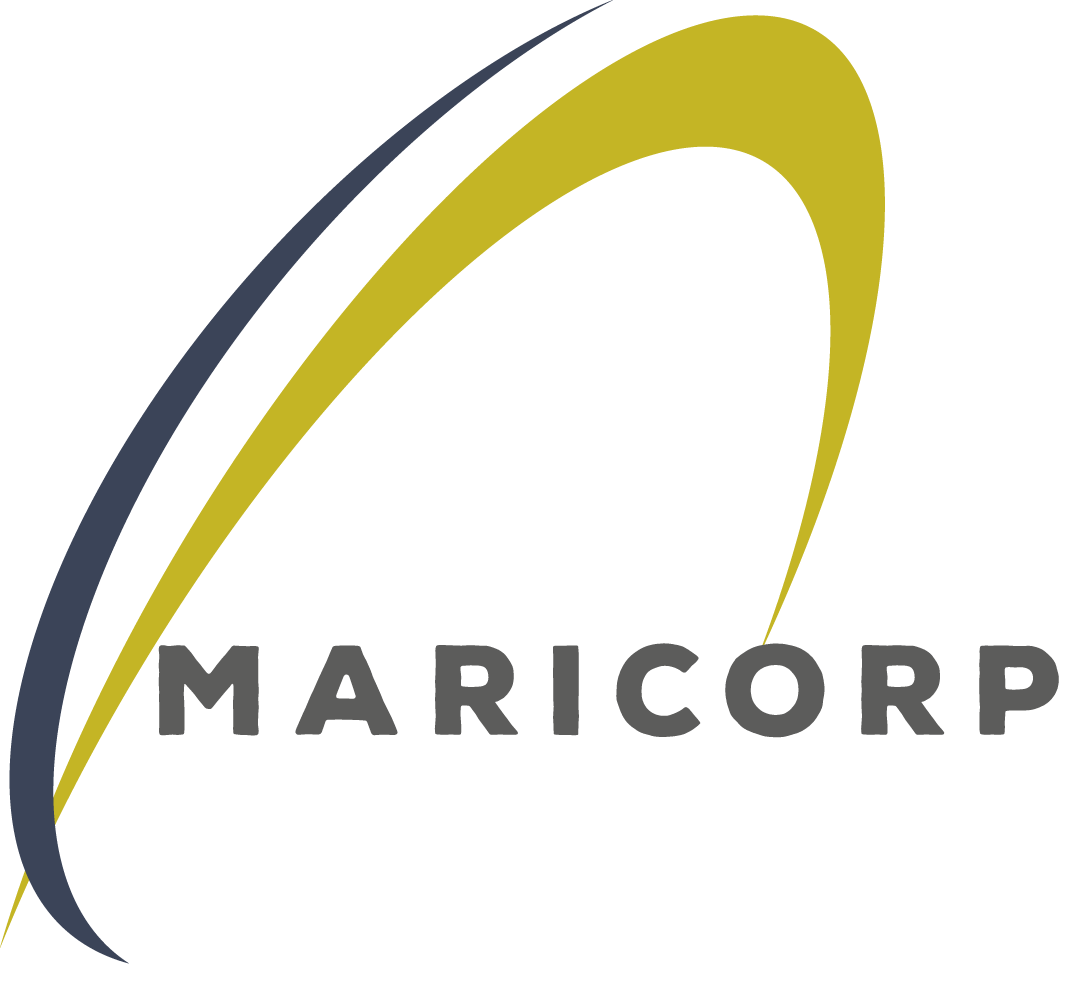- Qualifying intangible assets: Computer software (amongst others).
- Qualifying profit: the proportion of the overall income (OI) derived from the qualifying asset, corresponding to the fraction of the qualifying expenditure (QE) plus the uplift expenditure (UE) over the overall expenditure (OE) incurred for the qualifying intangible asset.
- Qualifying profit formula: QP = OI @ QE + UE / OE.
- Overall Income: royalties and license income (amongst others) LESS any direct costs.
- Qualifying Expenditure: sum of all R&D costs for the development, improvement or creation of qualifying intangible assets (software) such as wages and salaries, commissions associated with R&D, outsourcing costs associated with R&D to non-related parties.
- Uplift Expenditure: the lower of 30% of qualifying expenditure AND the total cost of acquisition of the qualifying intangible assets, plus the cost of outsourcing to relates parties of any R&D activities in relation to these assets.
- Overall Expenditure: Sum of qualifying expenditure and total cost of acquisition of qualifying assets, plus the cost of outsourcing to related parties of any R&D activities in relation to these assets.

Intellectual Property (IP) Tax Regime in Cyprus – illustrative example
As a result an amount equal to 80% of the qualifying profits earned from qualifying intangible assets will be allowed as a tax deductible expense.
The following demonstration is for illustrative purposes and only for the prospective new business of the client. The examples analysed below are based on a hypothetical scenario of the activities of a Cyprus IP Company.
Definitions:

Two scenarios analysed below which take into consideration variables such as:
- Asset internally developed
- Asset acquired
- R&D costs outsourced to third parties
Senario 1
The asset was created/developed/improved internally, with R&D costs being undertaken by company staff.
| EUR | |
| Overall Income (OI) from IP | 1.000.000 |
| Overall Expenditure (OE)
| 500.000 |
Qualifying Expenditure (QE)
| 500.000 |
Uplift expenditure lower for:
| 150.000 |
| QP = OI @ QE + UE / OE €1m @ (€500k @ €0) / €500k | 1.000.000 |
| 80% of QP | 800.000 |
| Taxable Profit (€1m – €800k) | 200.000 |
| Corporation Tax at 12.5% | 25.000 |
| Effective Tax Rate (€25k / €1m) | 2.5% |
Scenario 2:
The asset was acquired with subsequent R&D costs for improvement of the asset outsourced to non related parties.
| EUR | |
| Overall Income (OI) from IP | 1.000.000 |
Overall Expenditure (OE)
| 300.000 200.000 |
Qualifying Expenditure (QE)
| 200.000 |
Uplift expenditure lower for:
| 60.000 |
| QP = OI @ QE + UE / OE €1m @ (€200k @ €60k) / €500k | 520.000 |
| 80% of QP | 416.000 |
| Taxable Profit (€1m – €416k) | 584.000 |
| Corporation Tax at 12.5% | 73.000 |
| Effective Tax Rate (€73k / €1m) | 7.3% |
Conclusion:
As you can see from the above calculations the effective tax exposure of the Company will be anywhere from 2.5% Corporation Tax to 7.3% Corporation Tax depending mainly whether the asset was acquired or developed internally as well as if R&D costs for improvement and development are carried out by the Company itself or by third parties.
In the case where there are salaries of 5-6-7 staff for example these will of course qualify for development/improvement of the asset (R&D) therefore this is on its own a step closer to the minimum 2.5% of effective tax.
A combination of purchased assets and new assets could also be the case where on one asset you can enjoy a 2.5% of effective tax and on another 5% of effective tax depending on the circumstances mentioned above.
At this point we want to stress out the fact that the IP Box even though it is simple in its explanation it needs proper tax planning and record keeping.
In addition, a tax ruling in advance is always advisable
Disclaimer:
Cyprus Cooperate Services Simplified
At MariCorp we target to simplify Corporate Services as a whole and offer our clients a straightforward and simple solution.

Marinos Marinou
Graduated from Liverpool John Moores University in 2011. Became a member of the Institute of Chartered Accountants of England and Wales (ICAEW) in 2015. Currently undergoing Certified Fraud Examiner (CFE) Level 1. Member of the International Tax Planning Association (ITPA).
Marinos is specialized in International Tax Planning, Advanced Consulting, and Corporate Services.
Contact us
Where to find us:
P.O. BOx 42656, P.C. 6501, 6043
Larnaca – Cyprus
Tel: +357 24663402 , Fax: +357 24663409
E-mail: admin@cyprusconsultancy.com



